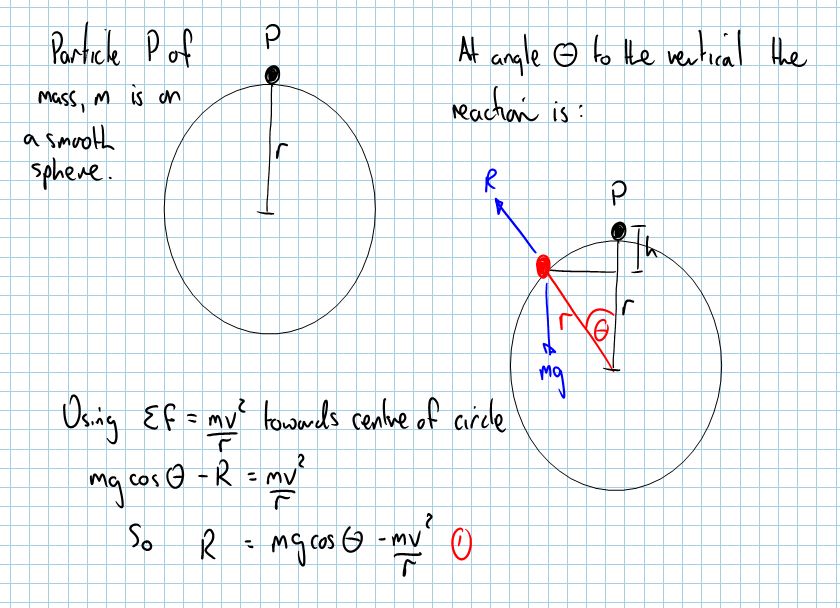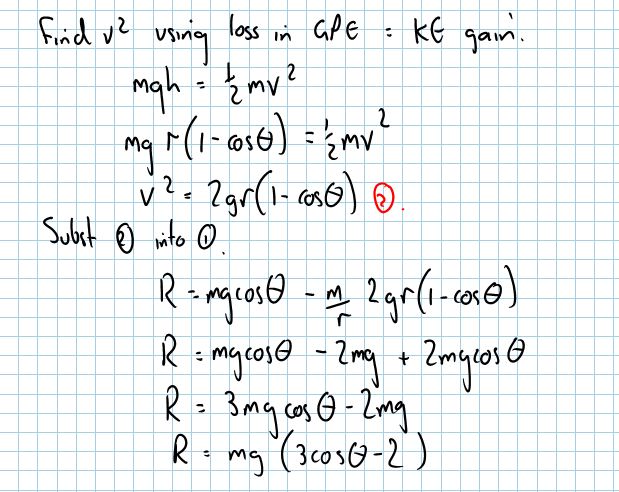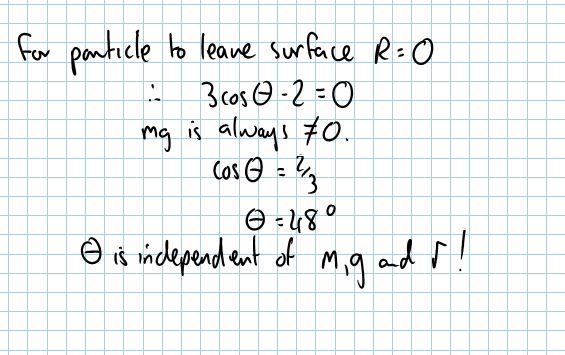Recently I have taken up jogging. This is a normal summertime hobby with the aim of helping lose my winter blubber and get fit. This year is slightly different as ww has decided to do this also. There is a little bit of competition there but it is rather unfair at the moment as ww has slight activity-induced asthma!
We have found a 5Km route around the vineyards and fields surrounding our village. There is a bit of vertical work to do as we live at the base of the North Downs and there are ups and downs on the route!
At the moment I can run the 5Km in about 32 minutes. Let’s say that this is about 6 mile per hour. Which would give a pace of about 10 minutes per mile. Now for the scary bit. . . . The current world record for the mile is under four minutes. If we take the four minutes as the correct time for ease of calculations then that is 15 mph or 2.5 times my current speed. An athlete I am not!
The London Marathon was recently run in a time of just over 2 hours. Assuming it to be about 2 hours you get a speed of 13 mph which isn’t that much slower than the speed for the mile and yet these athletes keep it up for 2 hours. VERY impressive. The human body is quite stunning! An athlete I still am not.
I think this is part of a bigger social phenomenon that professional people make things look very easy because they do it all-day every-day. Professional footballers make playing in the premiership look easy (although for £50,000 a week I’d make sure I could hit the net EVERY time). Professional athletes make it look easy, professional sports drivers make it look easy.
Even in my profession (teaching) I think we make it look easy. I have had people come and observe my lessons and I think they think it looks easy. Then when they get the chance to do it themselves a lot of them are rubbish and have no idea and to be honest won’t be able to do it after lots of practice. It takes the right kind of person with the right kind of practice to be good at their chosen profession. Not everyone can do it. The following is a misnomer:
you can do anything you set your mind to
Unfortunately this was said by Ben Franklin whom I would normally hold in high esteem. Perhaps it should be re-phrased:
you can do anything you set your mind to as long as you have the natural ability








